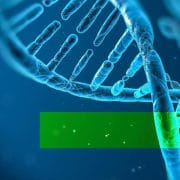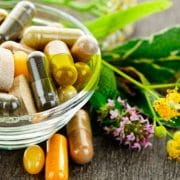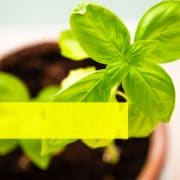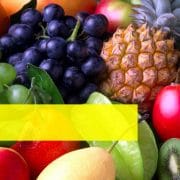Get Your Daily Dose of Poison – Seriously!
 In my last post, I wrote about the fact that the marketing and hype around taking antioxidant supplements are not supported by the research – and that numerous research studies show that taking anti-oxidant supplements (especially individual supplements) may actually cause us harm – partly by down-regulating our own natural antioxidant defence system.
In my last post, I wrote about the fact that the marketing and hype around taking antioxidant supplements are not supported by the research – and that numerous research studies show that taking anti-oxidant supplements (especially individual supplements) may actually cause us harm – partly by down-regulating our own natural antioxidant defence system.
However, it’s important to differentiate between supplements and real food – fruits and vegetables contain an abundance of anti-oxidants, and they have them in a complex cocktail that is necessary to sustain life.
There are quite a few researchers who question whether the quantity of antioxidants in fruit and vegetables is enough to have a significant physiological effect in humans and that the antioxidant defence model has been massively oversimplified. I (and many others) feel that we should be talking much less about anti-oxidants and much more about plant botanicals, or phytochemicals, in general.
Polyphenols are a sub-class of phytochemicals and some of them act as antioxidants (improving cell survival through complex mechanisms), whereas some act as pro-oxidants.
As we have over-egged (and over-simplified) the antioxidant story, I want to focus on the pro-oxidant story, which is really a story of hormesis in action. Remember from earlier posts that hormesis is the stress resistance that comes from sub-lethal exposures to toxins that would be lethal at higher doses.
It turns out that sub-lethal exposure to pro-oxidants in fruit & veg up-regulates protectives genes (increases gene expression), which not only increases our powerful anti-oxidant defence systems but can also prevent tumour growth.
Let’s take the cells of our brain, known as neurons, and investigate how hormetic plant chemicals can protect against Alzheimer’s Disease (AD).
WARNING – geeky science bit inbound!! – It is known that Galantamine (from the snowdrop plant) increases levels of an important neurotransmitter, acetylcholine (which is reduced by the AD). Catechins from Tea, Caffeine from tea & coffee, and Capsaicin from capsicums/peppers help this acetylcholine to release calcium ions into the other neurons (which is how the brain works). Inside the neurons, the plant TOXINS Sulforaphane (from broccoli), Curcumin(from the spice turmeric), Resveratrol (from grapes – and wine!) and Allumin(from onions and garlic) all help to increase the expression of protective genes, which produce growth factors as well as our endogenous anti-oxidants that combat the cellular stresses that create the damaged proteins that are the hallmark of Alzheimer’s Disease.
This is not a process that is exclusive to the brain – it happens in all of our cells and it turns out that the vast array of plant phytochemicals in fruit and vegetables play critical roles in cellular metabolism.
There is a long list of phytochemicals that have been broken down into numerous sub-classes (such as Flavenoids, isoflavones, Lignans and Carotenoids) and studies have shown that these plant phytochemicals protect us against Aging, Cardiovascular Diseases, Diabetes, Cancer and Brain conditions such as Alzheimer’s and Parkinson’s Diseases.
The bottom line – eat real foods that we have co-existed with for millions of years, rather than eating a diet with significant processed foods and trying to offset it with chemically manufactured supplements.
Lastly, remember that hormesis is about a sub-lethal exposure and that although many plant phytochemicals are great for our health, overconsumption of some of these can have both beneficial and harmful effects – soy isoflavones being one example. Eating a varied diet rich in fruit and veg will help keep you healthy –partly by exposing you to small doses of poison!








Leave a Reply
Want to join the discussion?Feel free to contribute!